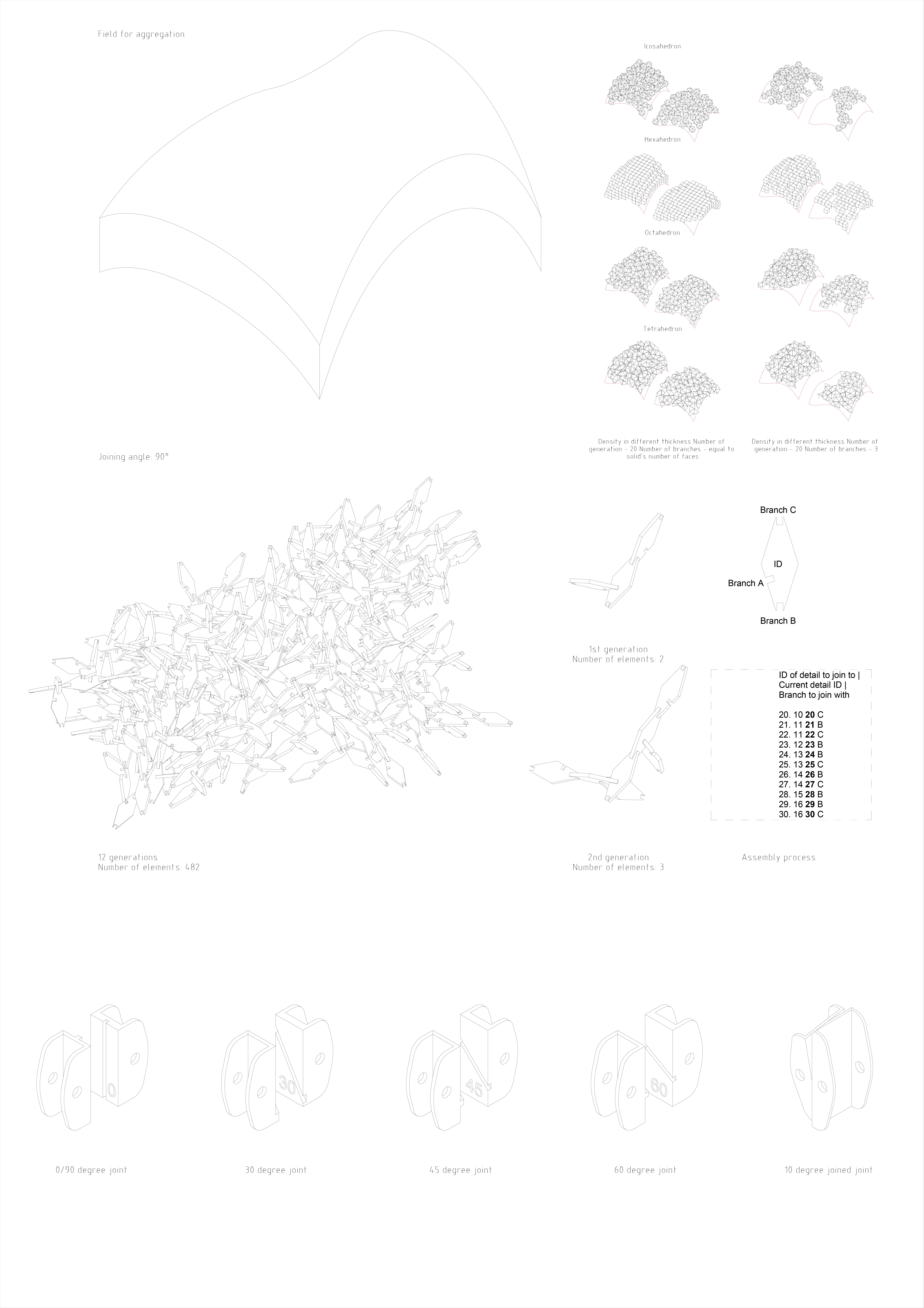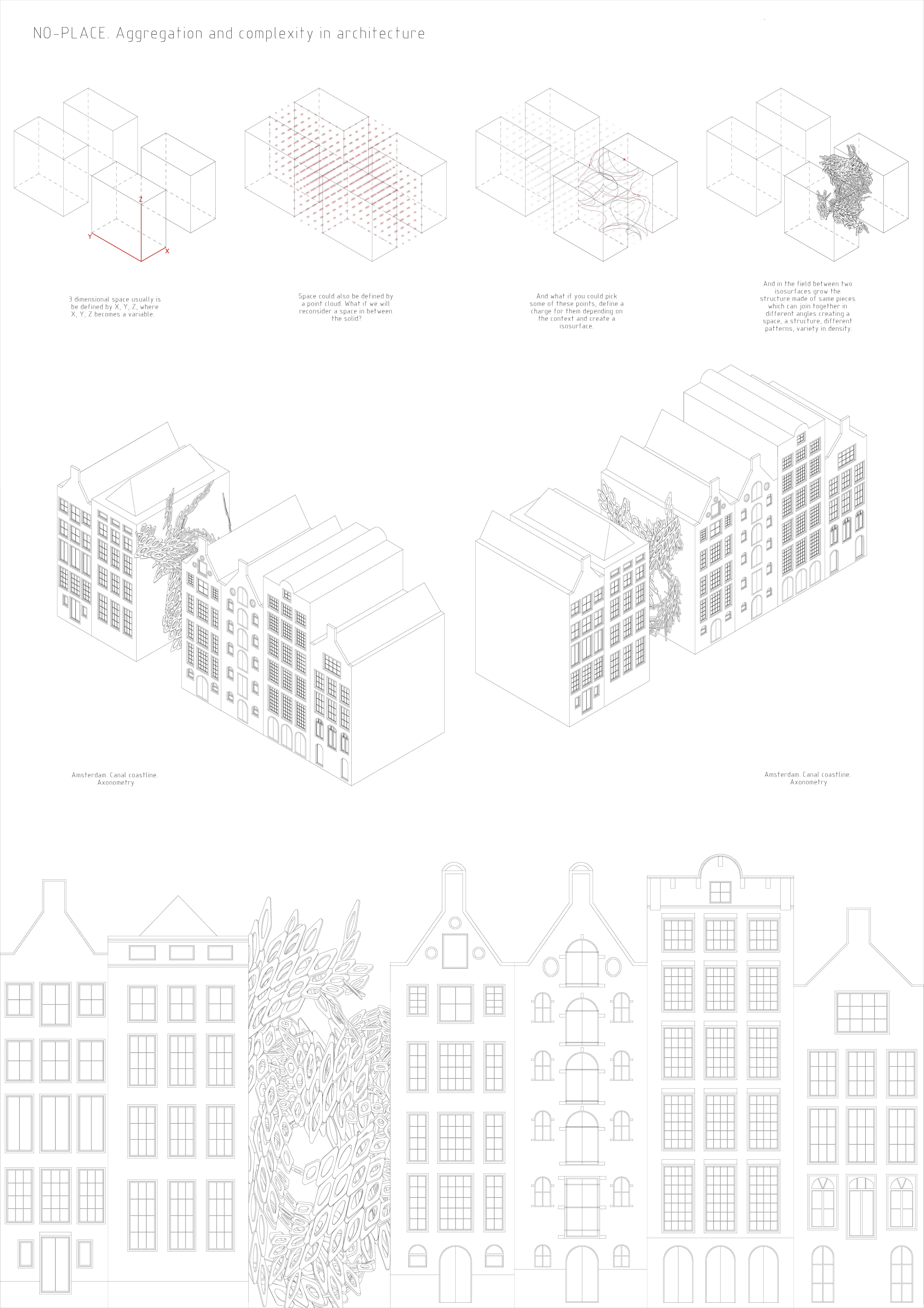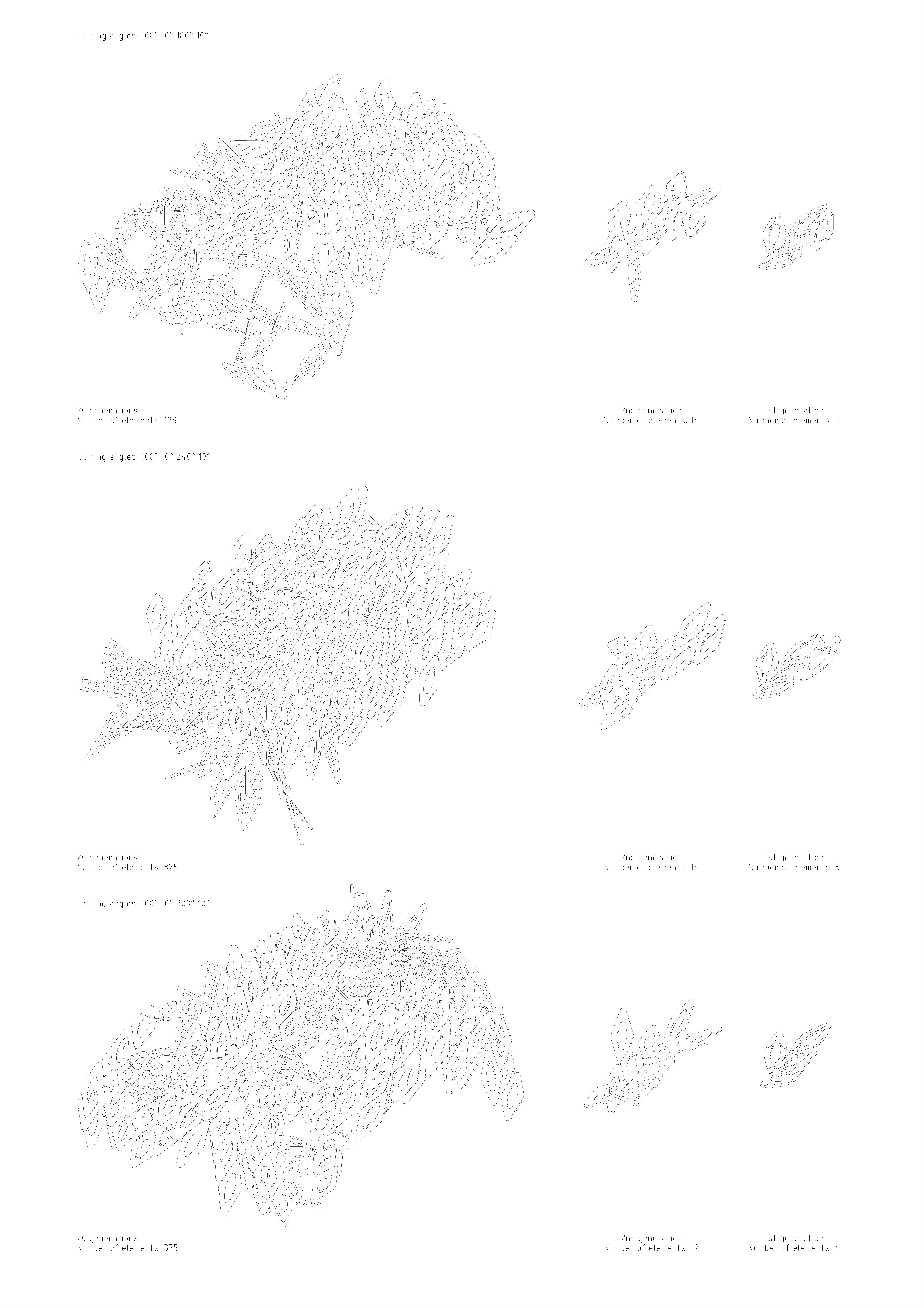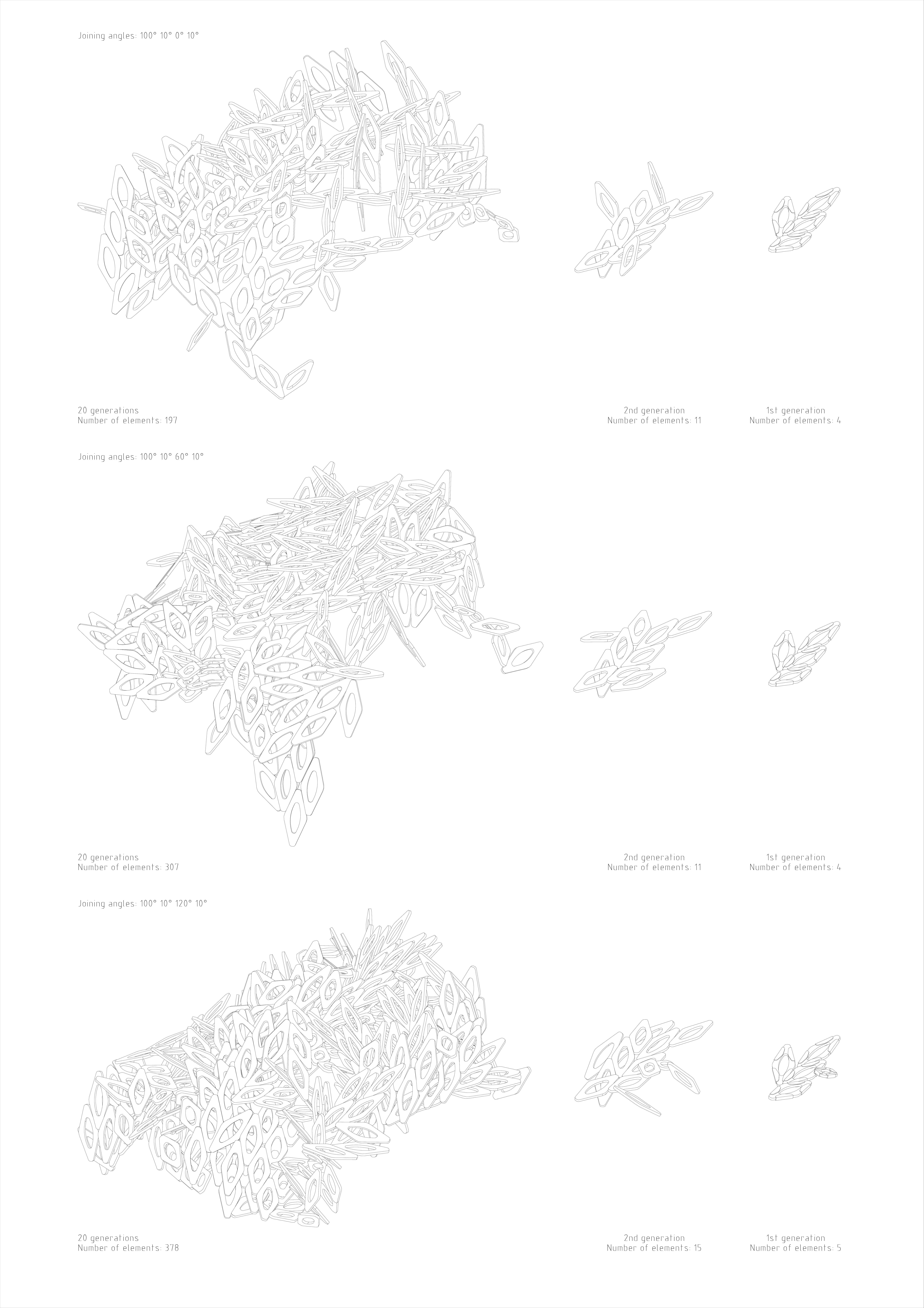…here is the missing piece!
The other day, contouring out MDF parts for the full scale model using the CNC router.
Studio 9: Architectural Notations
KTH Royal Institute of Technology Architecture School
…here is the missing piece!
The other day, contouring out MDF parts for the full scale model using the CNC router.
Second model.
For my thesis project, an important part will be the full scale model which I will build: 2,5 meters height, 1,8 meter length. It is a part of the whole structure, where the stiff box meets the organic dirty noisy interior. This eggcrate is scale 1:5. Here, the offset between the planes are 60 mm (in reality: 300 mm). 2 mm cardboard, lasercut (via Rhino and Illustrator).
The 1:1 model will have foam in between the planes. In the end, the model will have furniture-esque qualities, covered in fake fur.
For my thesis project, an important part will be the full scale model which I will build: 2,5 meters height, 1,8 meter length. It is a part of the whole structure, where the stiff box meets the organic dirty noisy interior. This eggcrate is the first of two 1:5 models. Here, the offset between the planes are 20 mm (in reality: 100 mm). 1 mm cardboard, lasercut (via Rhino and Illustrator).
More to come!
This is an Open Source software (GPL v.3), written in Python, for visualising and manipulating G-code: http://scorchworks.com/Gcoderipper/gcoderipper.html. We have used it to produce this image from the output of Cura (Which is also Open Source, if anyone feels like checking the code), consisting on visualising the tool paths for fuse-deposition 3d printing of a run of Game of Life:
![paths [Converted]03.png](/wp-content/uploads/sites/49/2018/04/paths-converted03.png)
Presentation
Representation
After the mid-crit, the final thesis project phase is in effect! And during the easter holidays, my first noise prototype model came to be. It is a part of the whole which I am working on (to be continued…), I call it ‘blob’. A Rhino polysurface, sliced real good, laser cut and assembled. This is the first of two using this technique.
Testing density control by number of branches and different thickness of field for aggregation.
2D tile and 3D tile joints.

3D space is defined by x,y,z variables. If one could reconsider the space by point cloud where every point could correspond to the landscape/city.

Relation between the part and the final volume.


Physical model of 2D tile:

Physical model of 3D tile and 3D printed joints:

3D print:


What if there are a way of actually making the box explode? The interior can manipulate the exterior?
These experiment was made using Grasshopper and Kangeroo physics engine. The physical entities to manipulate are not boxes but mesh spheres. Why? Oh, just tired of bloody boxes.
Forces applied are Pressure and SphereCollide, with certain vertices acting as anchor points. The results were unexpected.
(With my thesis project, I propose Dirty Geometry: norm-bending design that would challenge conventions within the field of architecture.
Dirty geometry advocates for a more playful and colorful aesthetics, one that could be said to be queer because of its norm-bending ambitions.
It investigates concepts such as ugliness, beauty, architecture and the
human body, interiority and femininity, ”bad taste”. The purpose is to, with the aid of parametric design processes, critizise design paradigms and make Stockholm more dirty and less boring.)
Is there a way to break free of the norms, of the box?
In this experiment, the box was deconstructed into its vertices, which were isolated, each face seperate from the others.
Then a random component was added to the Grasshopper definition and a move component as well. When connected with curves, triangulation was achieved. Each triangulation was connected to its neighbour, constructing a convex hull
triangulated stone-looking geometry. Using the seed input in the random component, a great number of different variations were possible.
(With my thesis project, I propose Dirty Geometry: norm-bending design that would challenge conventions within the field of architecture.
Dirty geometry advocates for a more playful and colorful aesthetics, one that could be said to be queer because of its norm-bending ambitions.
It investigates concepts such as ugliness, beauty, architecture and the
human body, interiority and femininity, ”bad taste”. The purpose is to, with the aid of parametric design processes, critizise design paradigms and make Stockholm more dirty and less boring.)